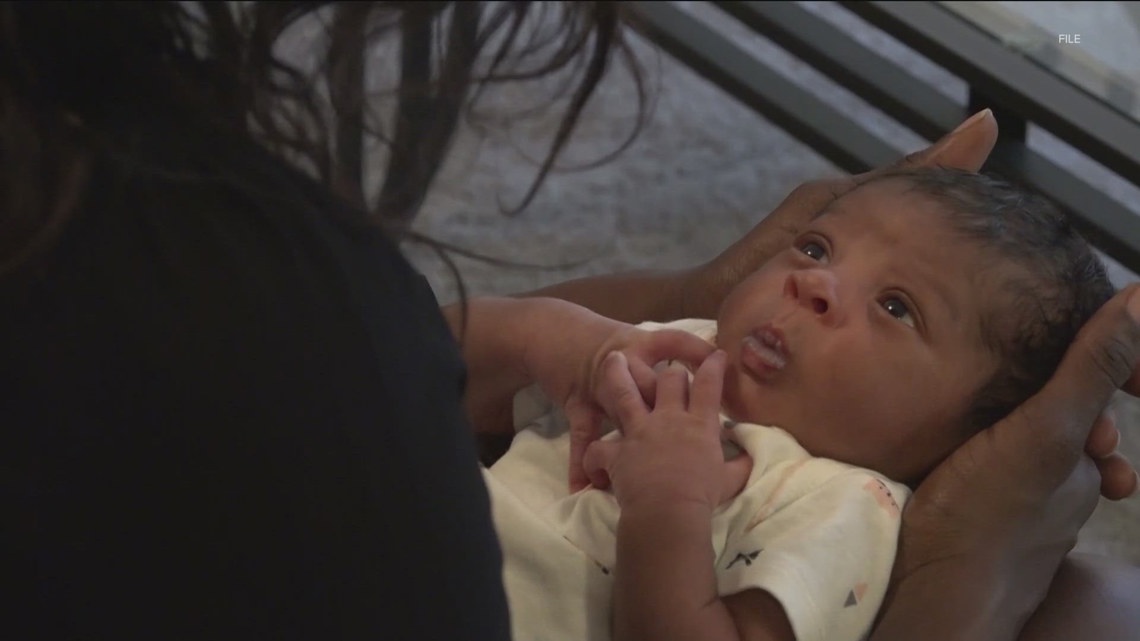
Texas has seen a sharper decline in birth rates compared to the U.S. average, raising concerns over future workforce and school enrollment.
TEXAS, USA — Texas birth rates have been falling in recent years, mirroring a nationwide trend but at a faster pace than the U.S. average.
Advocacy group Children at Risk cites factors such as rising child care costs, limited health care access, unstable housing and a lack of paid family leave as barriers that can make it harder for families to have children.
Between 2007 and 2019, Texas saw a nearly 21% drop in birth rates, according to the group.
Kim Kofron, senior director of education for Children at Risk, said the decline is not just about changing personal preferences — it also raises concerns for the state’s future workforce, economy and schools.
“We’re projected to see a decline of 2.7 million children across the country by 2031, in our K-12 system,” Kofron said. “So school districts are already starting to feel that crunch and see that shift.”
Government proposals to boost birth rates have included cash bonuses, fertility education and larger tax credits for families.
“Tax credits are great, but they’re very small compared to the cost of child care and the cost of housing,” Kofron said. “If we really want to fix the problem, we really need to think about the system holistically.”
Children at Risk also points to cultural changes, noting that more families are waiting longer to start having children, leading to fewer births overall.
While the costs of raising children can be daunting, Children at Risk says responsible financial planning can help reduce some of the burden.
